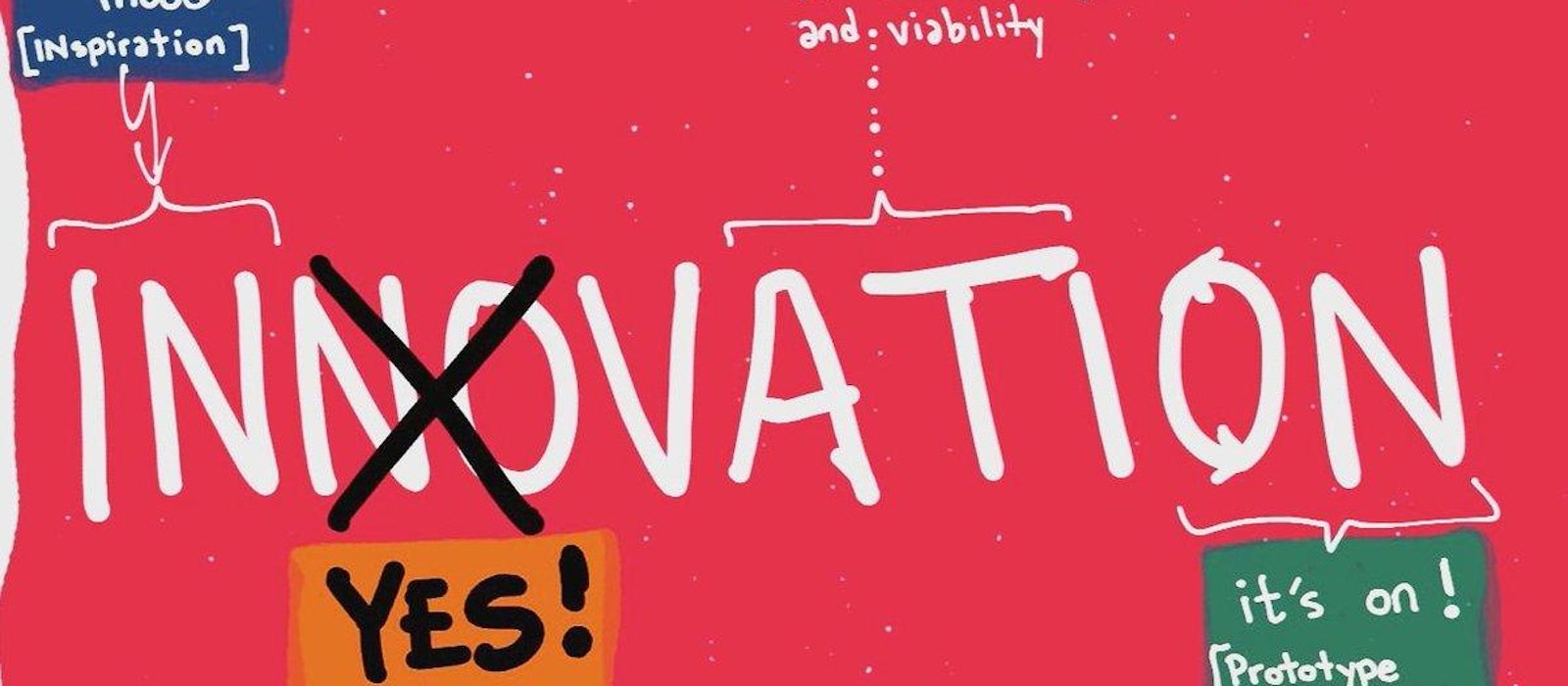The default internal answer to a corporate innovation project is often “no”.
Let’s get to “yes”.
For an innovative corporate project to launch, let alone succeed, a project must escape unscathed from a maze of sign-offs, department approvals and legacy practices. Anecdotally, way more projects are suffocated by process than see the light of day. Corporations need process. ‘Get to Yes’ is about tweaking the process so it enables innovation, rather than stifling it.
Legal says we can’t do it. Marketing says it’s outside our guidelines. Finance says it’s over budget. HR says we’re in a hiring freeze. Purchasing says we can only use approved vendors. We don’t have a policy for this. We’re in uncharted territory.
Of course there’s no policy. Yes, it’s uncharted territory. That’s the whole idea. The future can’t be created if it’s constrained by processes made for ‘the old way’.
The inertia of business-as-usual is hard to break, but here’s the thing – the inertia needs to be broken before it breaks the entire company. 40% of today’s Fortune 500 won’t exist in ten years. That’s where legacy and business-as-usual will get you.
Innovation expert Steve Blank has encountered the suffocating effects of legacy ‘ways of doing things’ many times over. He’s written a useful, practical guide to removing the roadblocks to corporate innovation. The guide includes a ‘Get to Yes’ internal request form we like so much that we’ve adapted it and made it available (view on Google Docs).
It’s a one-page tactical tool executives can use to enable corporate innovation. A little form with a big impact. There are some accompanying corporate memo examples in the guide, for example a finance department memo that permits investment up to certain thresholds for innovation project phases.
The spirit of the overall approach is:
Don’t change any existing execution processes, procedures, incentives, metrics, etc, but rather work with all relevant departments to write new ones for innovation projects.
Develop innovation processes and procedures by collaboration, as needed, one at a time.
Over time a set of innovation processes are created from the bottom up to suit requirements, not the top down.
Maintain a bias towards immediate action.
View the template on Google Docs here. Use it to forge a new innovation-friendly corporate environment and give life to your next innovation project.
Illustration by Alberto Orozco.





